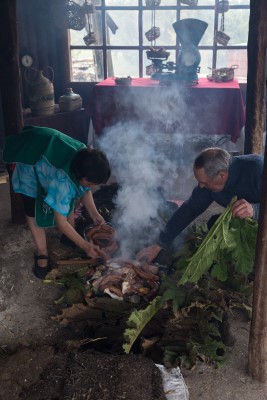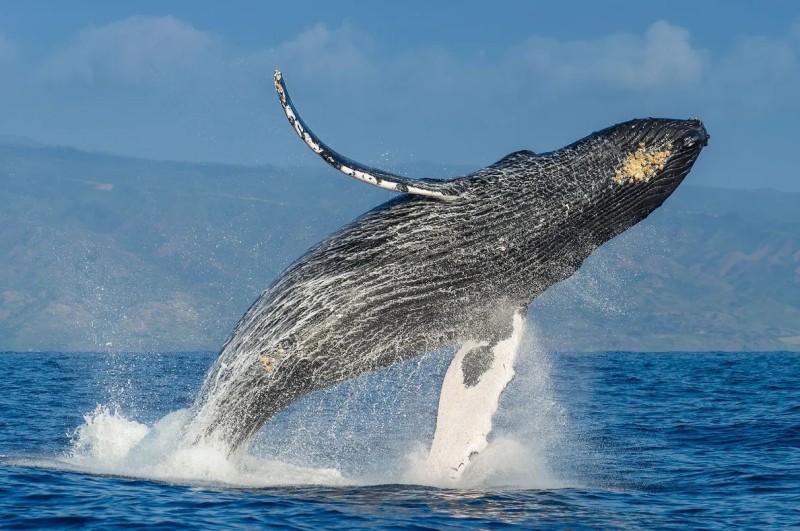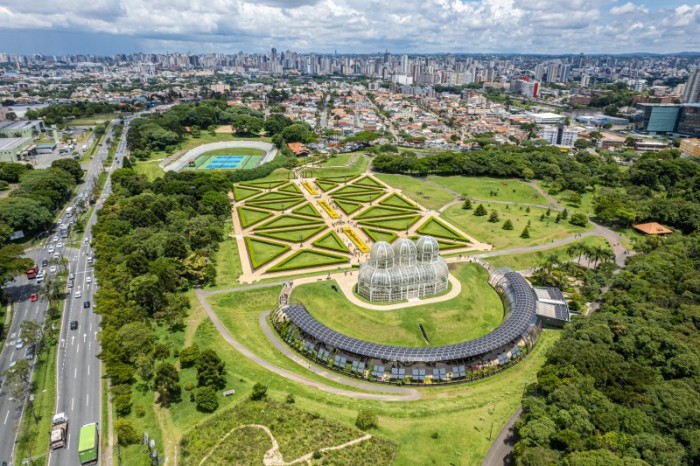Nestling in the cold waters of southern Chile, the island of Chiloé is a world apart, a place where nature, culture and mythology merge into a vivid and colourful picture. This island, the largest in the Chiloé archipelago, is a hidden treasure in Patagonia, offering visitors a unique experience steeped in tradition and breathtaking scenery.
A dazzling landscape
Chiloé stands out for its breathtaking natural landscapes. From lush green hills to vast beaches, dense forests and tranquil lakes, the island offers a diversity of panoramas that will delight nature lovers. Chiloé National Park, with its hiking trails and rich wildlife, is a must for hikers and birdwatchers alike.
A unique cultural and architectural heritage

The island is famous for its wooden churches, 16 of which are listed as UNESCO World Heritage Sites. These buildings, constructed in the 17th century by Jesuit missionaries, are a remarkable testimony to Chilean ingenuity and art. The palafitos, colourful houses on stilts along the coast, add to the island’s picturesque beauty.
A rich gastronomy

Chiloé’s cuisine is a reflection of its maritime and agricultural environment. Curanto, a traditional dish, is a culinary experience not to be missed. Prepared in a hole dug in the ground and covered with hot stones, this stew brings together seafood, meat, potatoes and vegetables, all steamed under a layer of nalca leaves, a plant endemic to the region.
Living traditions and legends
Chiloé is also known for its rich oral tradition, with legends and myths that have survived the centuries. Stories of ghosts and magical creatures such as the Trauco and the Pincoya are deeply rooted in local culture.
Not to be missed
Ancud, Gateway to Chiloé

Ancud, the first town on the island, is a blend of culture and history. The Museo Regional de Ancud reveals the traditions and indigenous past of the region. Don’t miss the Fuerte San Antonio, with its breathtaking views over the harbour, and sample the delights of the sea before continuing your exploration.

Castro, the colourful capital
Castro, the capital of Chiloé, is famous for its picturesque lakeside villages lining the coast. The town is a crossroads of culture and gastronomy, where you can sample local dishes in its many restaurants. Visit the magnificent Church of San Francisco de Castro and immerse yourself in the atmosphere of the Festival Costumbrista, an event celebrating Chilean traditions that takes place in January or February.
Chonchi and Cucao, between history and nature
Chonchi, a charming fishing village, is rich in history. Visit the Church of San Carlos de Borroneo, another World Heritage gem. In Cucao, follow in Darwin’s footsteps and admire the natural splendour of the bay before entering Chiloé National Park.
Chiloé National Park, a treasure trove of greenery

Chiloé National Park is a paradise for nature lovers. With its breathtaking scenery, lush forests and extensive beaches, the park is ideal for hiking, horse riding and kayaking.

Dalcahue, Craft Centre
Dalcahue is renowned for its local crafts. The Feria de Artesanía is the ideal place to buy unique souvenirs, such as woollen waistcoats or carved wooden objects. The church of Nuestra Señora de Los Dolores, built in 1849, is another must-see.
Islotes de Puñihuil, Wildlife Sanctuary
The Islotes de Puñihuil are a unique ecosystem where Humboldt and Magellanic penguins coexist. Excursions by boat allow you to observe these creatures up close, as well as whales, otters and other marine species.
Chiloé is an invitation to discover a different, more intimate and mystical Chile. It’s a destination where every corner tells a story, where nature and culture meet to create an unforgettable travel experience.
Photo credits: SERNATUR







